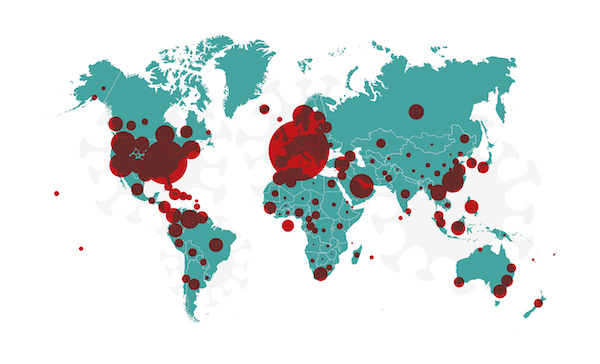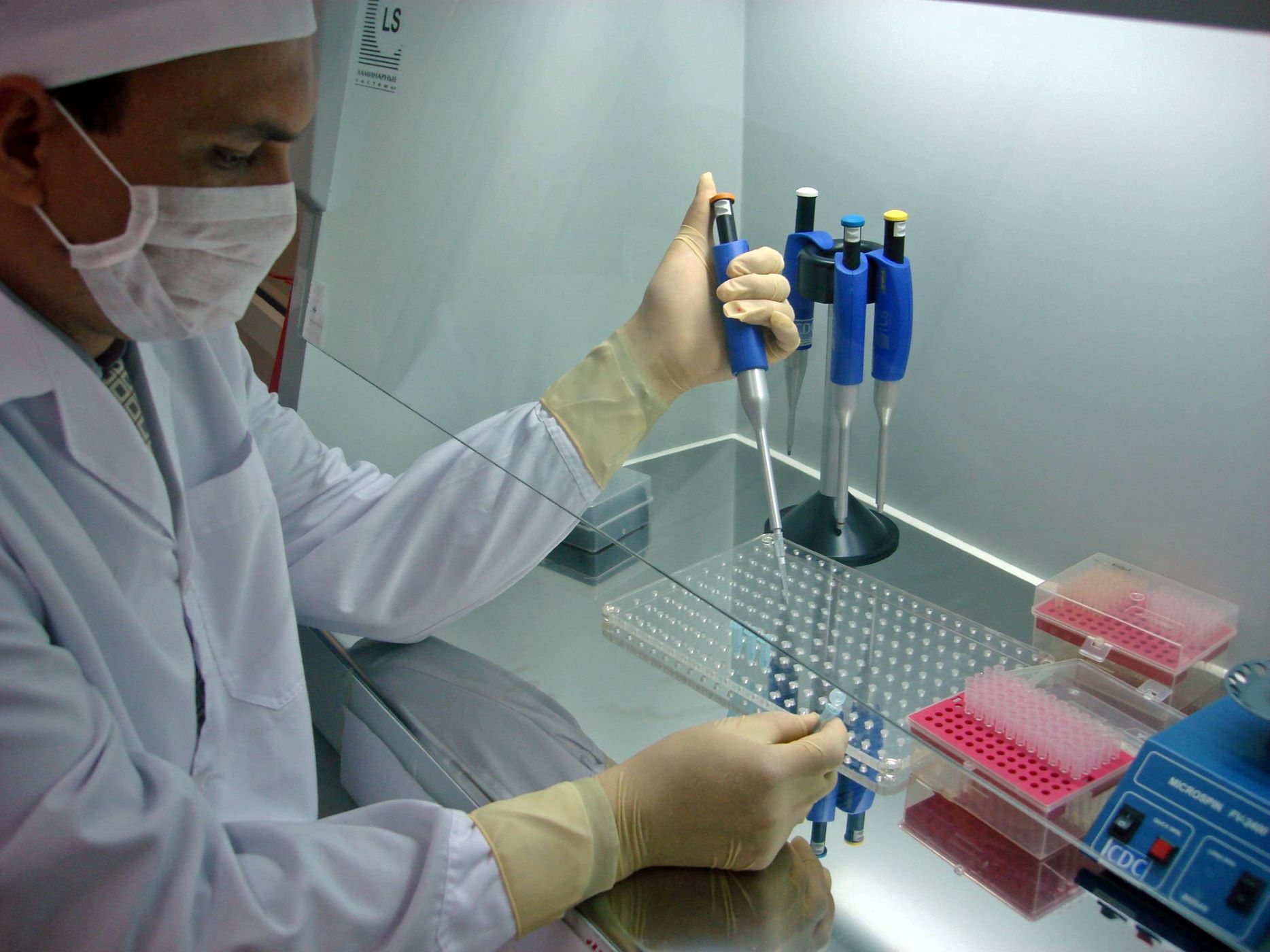Recommended

Blog Post
Key Messages
- The Pandemic Fund should strategically invest in pandemic preparedness, including for its first call for proposals for surveillance, laboratories, and human resources. This strategic approach should consider both ex ante and ex post considerations of investments for pandemic preparedness.
- Two ex ante considerations:
- Allocate funds to countries using a transparent and simple formula based on a country’s pandemic risk and need for surveillance capacity.
- Establish a highly cost-effective or “best buy” menu of interventions and approaches for surveillance.
- Two ex post considerations:
- Use third-party independent and rigorous evaluation of investments for innovative approaches to surveillance in order to grow the knowledge base of what works for surveillance for pandemic preparedness and response.
- Consider multidimensional and longer-term metrics of the costs, benefit, and effectiveness of investments in surveillance for pandemic preparedness.
1. Allocate funds to countries using a transparent and simple formula based on a country’s pandemic risk and need for surveillance capacity
The Pandemic Fund should adopt a formula akin to the allocation formulas for the World Bank International Development Association, the Global Environment Facility, the International Fund for Agricultural Development, and the Global Fund to Fight Aids, Tuberculosis, and Malaria.
A formula can help to make transparent and fair decisions about how to allocate resources across countries based on need rather than demand or a “first come, first served” principle. Whatever the chosen formula, the Pandemic Fund should consider a minimal set of indicators to determine allocation in order to increase transparency.
A resource allocation framework proposed for the Pandemic Fund had three key principles:
- The overarching principle for guiding country allocations should be based on pandemic risk; countries with greater risk of a pandemic should receive greater allocations.
- The need for surveillance capacity should also drive allocations. We argue that a simple summary index of need can be comprised of three indicators that are already collected and do not pose additional administrative reporting burden for countries:
- statistical and data capacity as measured by birth registration coverage;
- health workforce capacity as measured by nurse availability per capita; and
- network connectivity as measured by mobile subscribers per capita.
- The weights for the formula are often a focus of negotiation and discretion. To counter such arbitrary weights, deliberative and fair processes can help to ensure accountability for reasonableness.
2. Establish a highly cost-effective or “best buy” menu of interventions and approaches for surveillance
The Pandemic Fund should establish a highly cost-effective or “best buy” menu of interventions and approaches for surveillance. To generate such a menu, the Pandemic Fund could consider the WHO Mosaic Framework as the basis for this “best buy” menu. Alternatively, the Fund could use the Technical Advisory Panel or otherwise contract a third-party agency to define such a menu if the WHO is unable or unwilling to provide such a list.
Importantly, the Joint External Evaluation tool does not constitute a menu of interventions or approaches for surveillance, but rather is a regulatory diagnostic tool for assessing compliance with the International Health Regulations and complementary to the WHO Mosaic Framework.
The “best buy” menu should be used as part of the Pandemic Fund’s application process. Without a menu, the Pandemic Fund risks supporting a broad range of projects deemed as “pandemic surveillance.”
Use of a menu would be consistent with the WHO’s Universal Health Coverage Compendium list, the WHO’s Best Buys for Non-communicable Diseases, and other “best buy” lists of highly cost-effectiveness interventions and programs, such as the Disease Control Priorities project and Millions Saved.
Although a rapid review of the evidence found that the costs of such surveillance approaches is limited, there is some evidence base for the effectiveness of these programs.2 At a minimum, a menu of effective interventions and approaches to surveillance is an improvement over no menu, although a menu of cost-effective interventions is clearly preferred over a menu of effective interventions.
3. Use third-party independent and rigorous evaluation of innovative approaches to surveillance
The Pandemic Fund should develop criteria to permit countries to deviate from the defined menu of surveillance approaches, particularly for innovative approaches to surveillance which lack an evidence base and proven effectiveness or cost-effectiveness.
To do so, the Fund should set aside funds for third-party independent and rigorous evaluation, which in turn will help to grow the knowledge base of what works for surveillance for pandemic preparedness and response and the “best buy” menu.
Independent and rigorous evaluation may include impact evaluation with clearly defined quantitative metrics, but can also encompass qualitative and mixed methods approaches that embrace implementation and real-world experiences, given the lack of knowledge and evidence about both the costs and benefits of surveillance approaches.
Evaluation should be carried out by an independent third-party entity without a contractual relationship with the grant recipient to prevent conflict of interest or perverse incentives.
4. Consider multidimensional and longer-term metrics of the costs, benefit, and effectiveness of investments in surveillance for pandemic preparedness
The Pandemic Fund should consider longer-term metrics of the costs, benefits, and effectiveness of investments in surveillance for pandemic preparedness as part of an evaluation framework. The Fund’s Results Framework has several areas for improvement including reducing its use of the Joint External Evaluation Tool for reasons noted separately.
The Pandemic Fund has leaned towards the 7-1-7 metrics which focus on the timeliness of response. However, the Fund could also consider and select a small menu of indicators, which are independently verified and which reflect the multidimensional value of surveillance. Indicators could be tied to specific types of surveillance approaches chosen by individual countries for specific projects, such as:
- Adaptability and flexibility of systems to expand scope of pathogens;
- Use of surveillance data for programmatic decisions including:
- addressing patient care and improving diagnosis, and
- monitoring epidemiologic trends across seasons, gender, and age for morbidity and mortality; and
- Greater geographic coverage of sites and representativeness of population.
Further, the Fund could also consider longer-term core development and health indicators crucial for pandemic surveillance capacity which do not pose additional reporting burden, including human resources, network connectivity, and vital statistics and data systems.
Rights & Permissions
You may use and disseminate CGD’s publications under these conditions.







